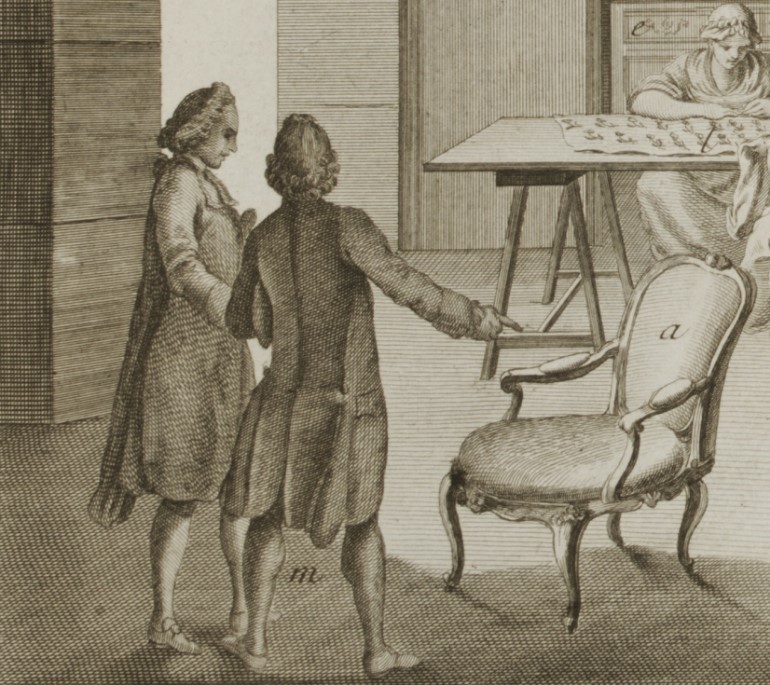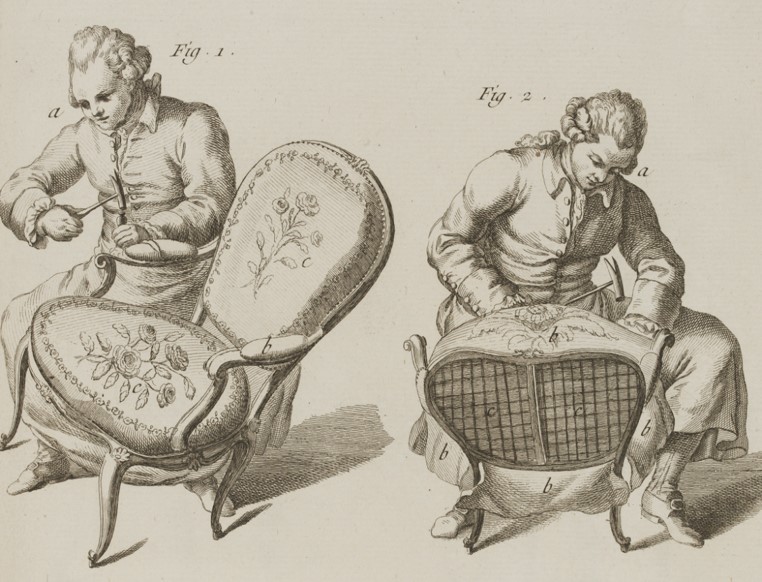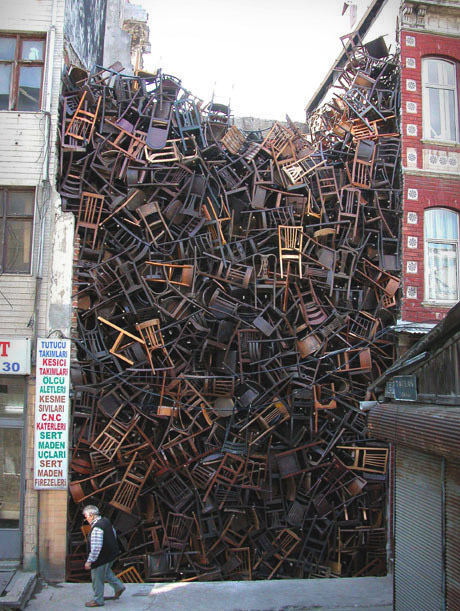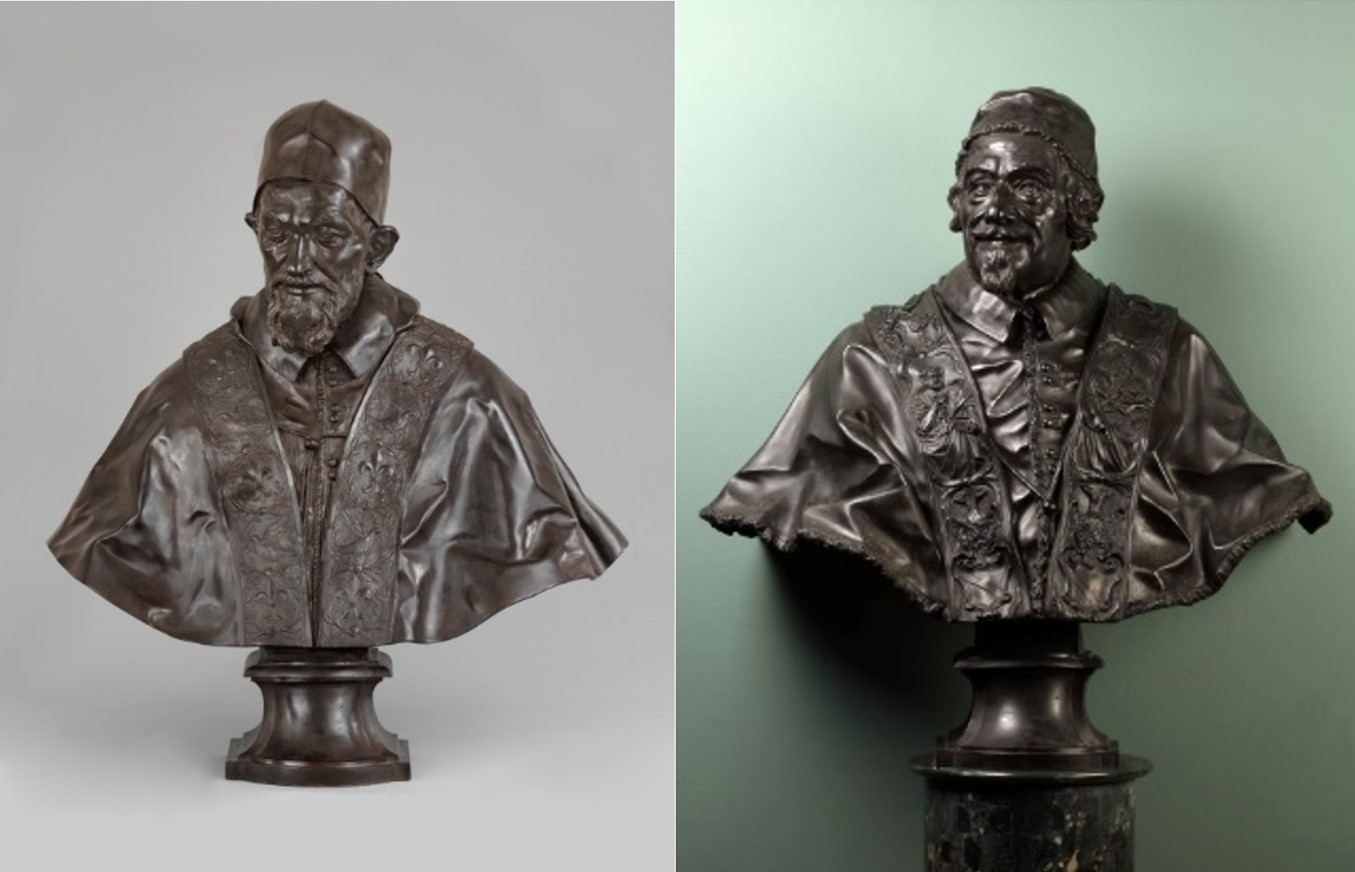Suitable for Inclusion? – Some Practical Considerations
So you’re a curator with your eye on an extraordinary, dazzling furniture or sculpture object (which perhaps handily belonged to someone famous!) that you would like to include in your galleries. Now you need to consider further practical aspects that might determine whether or not it is suitable for inclusion in a display.

Key questions include:
- Is the object already on display?
- Will the curator of the existing display agree to you taking it?
- Is it in displayable condition?
- What display requirements does the object have?
- Will it be possible to fulfill these in the galleries?
- Will it be possible to complete any conservation work required?
- Could it be replaced with an equivalent object?

Deselected
As with most exhibition and gallery projects, there are always objects that the curators would have loved to include but for one reason or another it just wasn’t possible. On some occasions the extra research into an object’s history (prompted by its selection for the galleries) can turn up new information and discoveries which pronounce it no longer suitable – for example, its production date being adjusted.
Due to their usual large size, the non or de-selection of furniture objects has most often been because there is not enough physical display space for them.

‘1550 Chairs Stacked Between Two City Buildings’, installation by Doris Salcedo at the 2003 Istanbul Biennial. Photograph by Muammer Yanmaz.
Often it is this same space restriction which has led to sculpture objects being deselected. A good example is this pair of busts of Pope Innocent X and Alexander VIII Ottoboni by Domenico Guidi.

Guidi was regarded by many as one of the most important sculptors in Rome following Bernini’s death. His work provided a link between Roman and French sculptors of the late 17th and early 18th century, helped to transform the style of the late Baroque and encouraged the spread of the classical style in Rome. We would have liked to display these two popes as a pair but unfortunately (despite numerous attempts at re-configuring the display) there isn’t enough physical room to incorporate both. However, we hope to be able to arrange for the two busts to be displayed on rotation with each other so that both have a chance to be on public view.
(FYI: Innocent X is the current Europe Galleries ‘victorious Pope’ and will be the first to be displayed.)

We have a panel of Crewel work 6′ x 2’6″ which I think dates to 1750 it is hanging our bedroom, however on examination with a torch ang magnifying glass I can see a fine web of bluish gossamer woven the embroidery but not the woven linen backing.
I am concerned for its preservation who should I speak to please?
Tony Baker